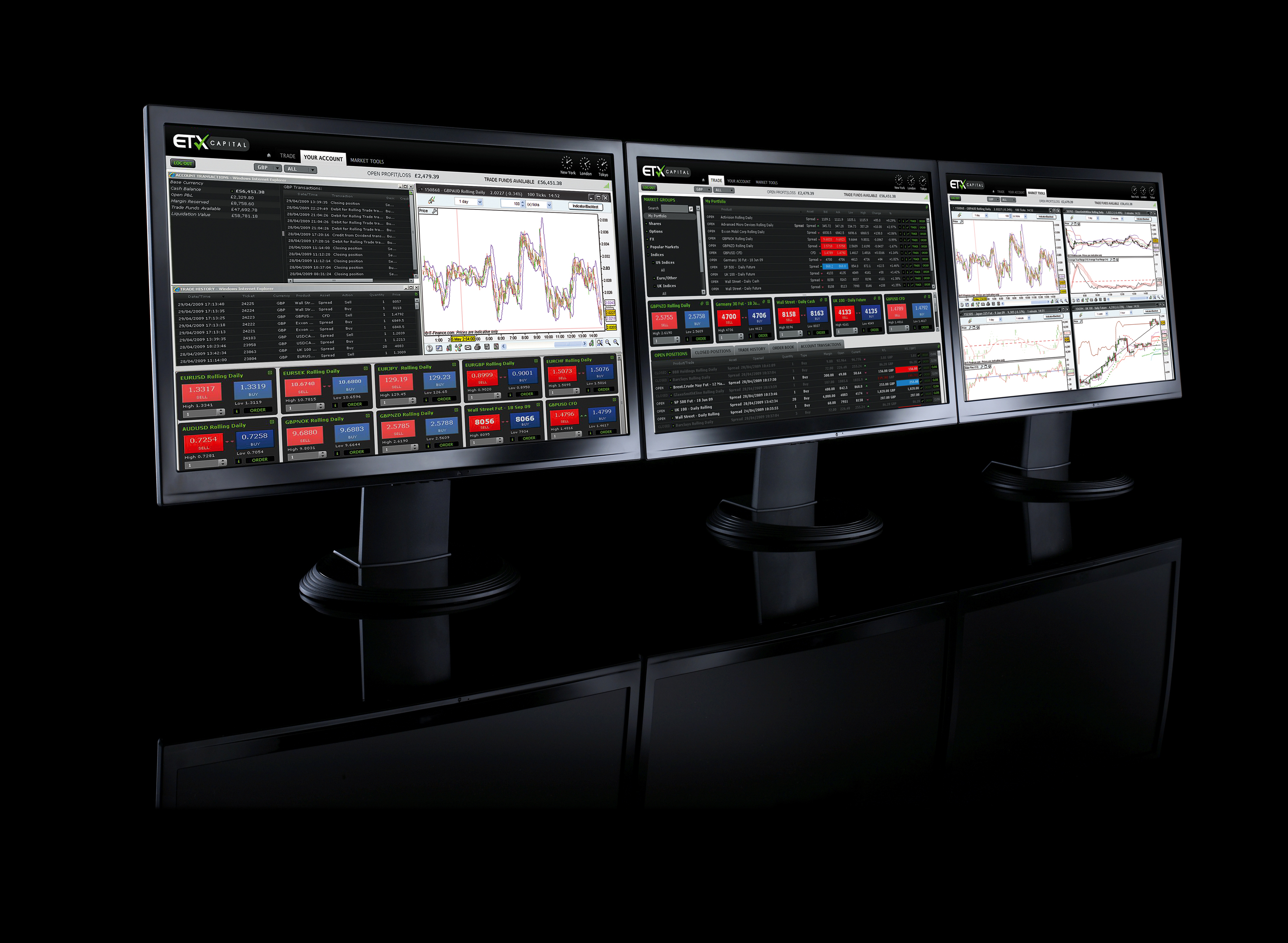Regardless of whether it is a trading platform for forex or stock trading, primarily it is a channel for communicating and exchanging information between you and your broker. It may either be an online trading platform or it may be installed or made available for download on your computer. In either case, an internet connection is necessary for getting live feed required for placing orders and monitoring accounts. A web-based trading platform has a distinct advantage as it allows traders access to markets from anywhere through any computer connected with the Internet.
However, there are certain features that need to be checked. Availability of real time and historical data is a absolutely necessary. Another feature is the ability of placing all types of orders that you need for managing risks associated with trading in financial markets. If you are one of those who trade in the forex market during your spare time, the trading platform you need should allow strategy automation. This allows you to create an automated trading system so as to execute trades at precise entry and exit points and adhere to time tested money management rules.







